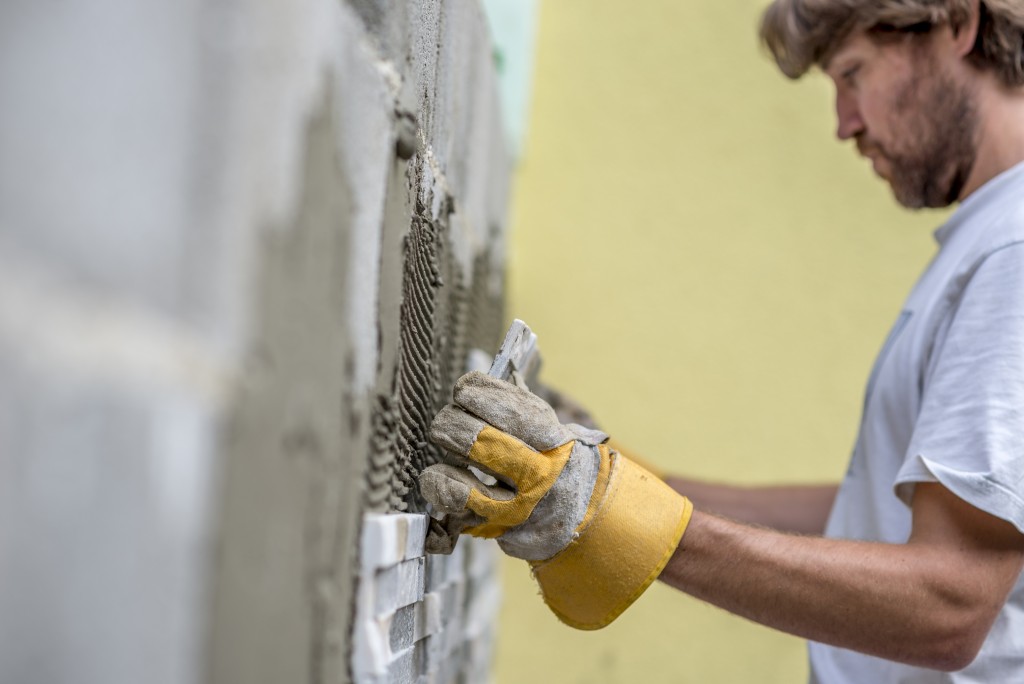Dry lining makes wonders in cladding the internal parts of a building. You might have come across this system when you saw dry-lining sanding tools in new buildings that are being furnished, or maybe with the dust that comes out of a neighbouring house. To know more about how dry lining works, keep reading.
Dry Lining Defined
Dry lining or drywalling is a cladding approach used in the internal faces of buildings. These include the walls and ceilings. Plasterboard is attached to a wall, for instance, to achieve the smoothness that paint provides. Dry lining, compared to conventional plastering, requires little water.
Plasterboards consist of a core of plaster, which aids in insulating a room from sound and fire, and sometimes, fibre to add strength. Plasterboards are fixed to a wall or ceiling either directly or via a secondary framework (timber or metal). When attached directly, adhesives are used. When connected to a frame (a process called tacking), nails are used. Screws can also be used to fix the plasterboards.
When the plasterboards are fixed, a jointing tape is applied to cover the joints with the nail heads filled over using a jointing compound. The compound is left to dry and later sanded using an abrasive paper. Once sanded, the surface is sealed. After the plasterboards are dried, they can now be decorated.
Some Sanding Tips

The dust from drywall is so fine that it can easily be transported to many areas of a building. But there are ways to reduce the dust and its effects. The tips below should work:
1. Use drop cloths to gather the dust. Seal off air ducts and doorways with plastic sheets and masking tape. To ventilate, use box fans to exhaust out air.
2. Make sure that you use the right safety equipment. A dust mask or a respirator is a must. Add in a hat, goggles, and some comfortable clothes.
3. Get some help from someone. As much as possible, do not do drywalling on your own. This lessens the stress brought about by the work, especially the dust.
Notes on Dry Lining and Sanding Tools
Dry lining is a difficult job, especially if you are doing it without any help. Having it done by a professional is most ideal. But often, may homeowners do the process on their own. When looking for tools, check for the right specs, especially equipment that helps reduce dust contamination. Available drywall sanders are configured to minimise dust. Some can be attached to a vacuum cleaner and come with a dust extractor as an additional product.
In the end, dry lining, at best, should be left out to an expert or a technician. But since many dry-lining projects are small or only require a small portion of a building to be drywalled, it can be done by a non-professional. You must always remember that safety or security should come first. In addition, you always have to follow local rules or ordinances that administer proper dry-lining projects.
